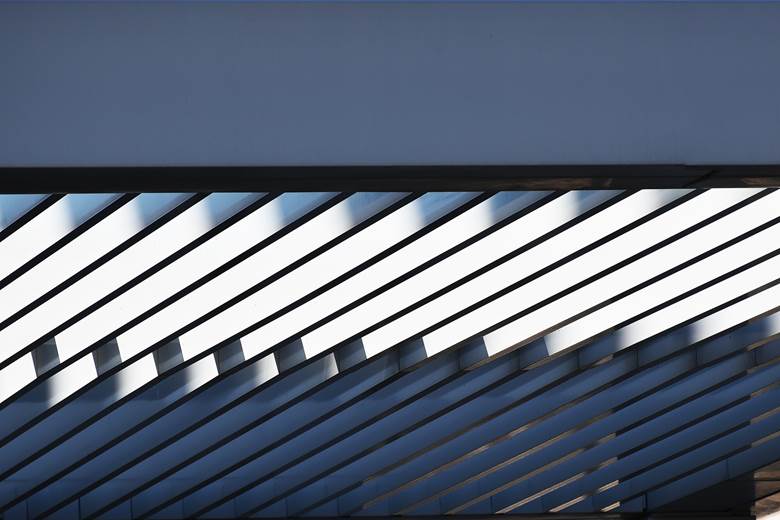Most people don’t give much thought to their home’s roof, but it is crucial for protecting your home from the weather and debris like branches. If it’s in poor shape, you are susceptible to leaks and mold issues, or even structural problems.
If your home needs a new roof, there are many reasons to consider steel roof installation. It’s durable—lasting anywhere from 40 to 70 years—and can sustain strong winds and storms without damage. Metal roofing also reflects sunlight, saving you money on cooling costs during the summer months.
There are plenty of reasons to get a steel roof, but you probably have some questions before you decide to put one on your home. Although metal roof installation should be done by a professional with experience, this guide will allow you as a homeowner to understand the process better.
Of course, if you are an experienced contractor who is looking for some tips, you may want to use this article for your work. So keep reading for a step-by-step guide to understanding metal panel roofing!

1. Get a Permit
Before you start any work on your home, it’s important to find out whether a permit is needed. In most places, this depends on the cost and type of project.
To be safe, consult the local laws to find out whether you need a permit and instructions for obtaining one.
2. Take Measurements
Proper measurements are necessary before you purchase any materials. You’ll need to calculate the slope (rise over run) and your roof’s total area. If you’ve never done this before, we recommend using a video tutorial that walks you through it, as it does require some math.
No matter what number you come up with, you should purchase about 15% more material. This ensures you have enough even if you make some mistakes or need to make some complicated cuts.
3. Gather Your Tools and Materials
Now, it’s time to order your materials. As for metal roofing, you’ll need the panels to overlap. The 15% extra you calculated should be plenty to account for these overlaps. You can cut your panels yourself or order Butler roof panels, which come in a kit and save you time and hassle.
Other materials you will need include:
- Underlayment
- Roofing nails
- Trim
- Flashing
- Self tapping roofing screws
- Butyl tape
In addition to basic tools, you’ll also need a hand seamer, metal shears, a drill, and safety gear.
4. Take Down Old Roofing
Starting at the peak of your roof, you should start tearing off the old roof. Work across and then downwards until you’ve removed all the roofing. Remove all the nails or hammer them completely down so they are flush with your roof.
This is also a great opportunity to inspect the roof for rot or other damage. If you find any, repair it before moving on with your metal roof installation.
You’ll want to do all this on a dry day to avoid any damage to the roof. It’s also a good idea to rent a dumpster for easy cleanup during this stage of the project.
5. Roll Out the Underlayment
Underlayment is one of the many roofing layers that protect your home from leaks and damage. It comes in 100-foot rolls that are somewhere between 3-4 ft wide. One side is adhesive, making it simple to install.
When installing underlayment, you roll it across the length of your roof slowly. It’s important to get it flush with the substrate and overlap it a couple of inches with each row.
6. Cut, Bend, and Install the Trim
You don’t have to remove your gutters to install the trim, which lines the bottom edge of the roof. The trim should have a slight overhang to help water flow off the roof.
When installing trim, each section should overlap the next one by at least two inches. You’ll need to seal the edges with caulking and make cuts and folds to fit your roof. To fasten the trim, you should employ metal-to-wood screws every eight inches.
7. Start Setting Your Panels
The first thing you should do is use chalk to mark the points where you’ll fasten your panels with screws. Starting six inches from the top of the panel, make chalk lines with every foot. You’ll want to do the same thing about two feet down from each line of screws.
Your panels should already be cut to size, so it’s just a matter of placing and fastening them properly along the lines. Remember that your panels should overlap. If you live in a place with snow or heavy rain, you should use sealant before driving in the screws.
8. Attach the Flashing
The last step in your roof installation project is the flashing. These pieces cover the non-vertical edges and seal off joints.
Using the tools mentioned at the outset, you can bend the flashing to fit your joints and cut them as needed. Then, seal it off with butyl tape or caulking and attach the flashing with a row of screws.
Contact a Professional Steel Roof Installation Company!
Putting on a new roof is a lot of work that requires precise measuring and cutting. If you’re inexperienced, doing it on your own can be a real challenge, so be sure to hire a professional for steel roof installation. Of course, if you already have some experience, go ahead and use the metal roofing tips in this post to guide you!
Our website offers more helpful content that can help you tackle DIY projects or learn about home improvement topics. Be sure to browse more articles like this one and bookmark our page if you like what you see!
 Blogging Heros
Blogging Heros




